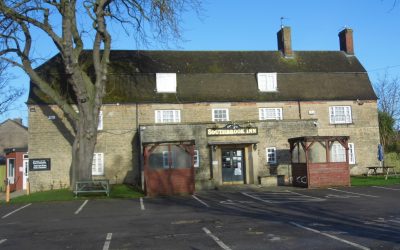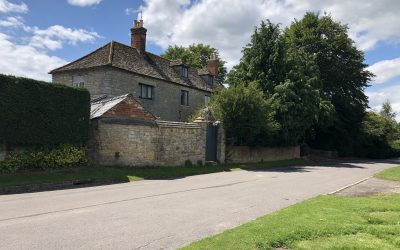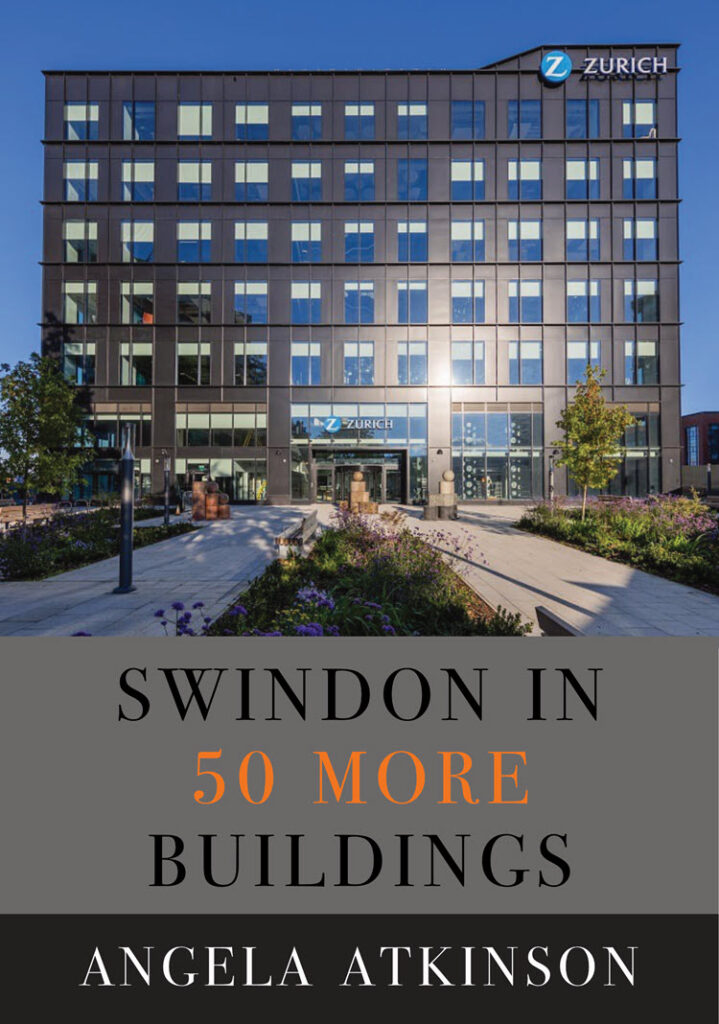Now known as Anderson’s hostel, Anderson’s alms houses in Old Town – on Cricklade Street to be precise – were built thanks to a bequest by one Alexander Anderson in 1865. He made his bequest of £1, 636 for the benefit of the poor.
10. The Oasis Pleasure Dome 1975
For No 10 in my series on Swindon in 50 More Buildings we’re paying a visit to the Oasis Pleasure Dome. Have you got your towel under your arm?
9. The Southbrook Inn Swindon 18thC
The other week my regular guest blogger, Rebecca Davies, sent me a delightful and charming account of an older couple she once visited in Ferndale. It’s a lovely story and it’s further down in this post. But as her story is set in Ferndale I figured I could tie it in with a Swindon in 50 More Buildings post centred on the Southbrook Inn Swindon. Which happens to be in Ferndale.
8. GWR Reading Rooms Rodbourne Swindon 1904
Between Secret Swindon and Swindon in 50 Buildings, I’ve given good coverage to Swindon’s Mechanics’ Institution itself in my published books. So this series of Swindon in 50 more buildings (pretty much stalled by Covid-19 for almost a year at the time of writing (January 2021) gives me a chance to give mention of Rodbourne Reading Rooms.
7. Shaw House – Old Shaw Lane
Shaw House – Old Shaw Lane
It’s ever curious is it not – how stuff pops up on social media relevant to somewhere you’ve not long since been to? In this instance the co-incidences relate to Shaw House, on Old Shaw Lane.
I tend to think of Old Shaw Lawn as being a bit of bygone Swindon. But of course it’s not – not really. Because this side of town – the western expansion – wasn’t Swindon. Back then Swindon was the settlement on the hill. Old Swindon – Old Town as we call it now.
Thomas Turner Swindon Brick-maker
Last year, when writing Swindon in 50 Buildings, I simply had to include Thomas Turner’s villas on Drove Road.
Since the book came out I’ve had a mind to write a bit more on here about Thomas Turner Swindon brick-maker and his brick-making enterprise. But I never quite got round to it. Then not long back I saw a super blog by Swindon historian Frances Bevan so figured – why reinvent the wheel? I may as well feature that with some of my own photographs.
6. Hall & Woodhouse Canal-side Pub 2019
One of the entries in Swindon in 50 Buildings, is The Crumpled Horn pub over in Eldene. That one made the cut – as it were – in part because it had been listed by Historic England. So when I saw the press release that follows, about the Hall & Woodhouse canalside hostelry gaining national recognition for its innovative design, it felt appropriate to include it in this blog series: Swindon in 50 More Buildings.
5. The GWR Weighbridge Swindon 1906
To be clear, this post is about the GWR Weighbridge Swindon as part of the GWR Works – not the Weighbridge Brewhouse as the restaurant that it is now.
4. The Windmill Hill Windmill 1820s
During the current coronavirus pandemic I’ve been undertaking #Covid19constitutionals that I’ve recored on this blog’s Born Again Swindonian Facebook page. Today’s such stroll took me on a visit to the Windmill Hill windmill. It’s a bizarre thing that, after 26 years in Swindon, it’s taken a pandemic to get me find out more about it. I even used to work on Windmill Hill in Trigonos.
3. St Augustine’s Church Swindon 1907
Inching along with Swindon in 50 More Buildings, this post is about St Augustine’s Church in Even Swindon, Rodbourne. Having covered St Mark’s and St Barnabas (Gorse Hill) in Swindon in 50 Buildings, I had to get St Augustine’s into this blog series.
2. The Prospect Beerhouse: 1848 – 1865
The Prospect Beerhouse is a building with an interesting history – both during and after its period as a beerhouse. And it’s now the home of my friends, Jo Garton and Chris Eley. It’s interesting, because when you’re in the house you do a feel it’s early life.
The Nervi Football Stand that got away
Knowing that I have a passing interest, that’s by no means expert, in architecture, someone tagged me on Twitter the other day a with a link to a fabulous article.
From a blog called Calcio England and entitled ‘Florence, Rome, Swindon: How the Grand Master of Italian Stadium Design Nearly Made His Mark in England’, the article had my interest well and truly piqued.
















